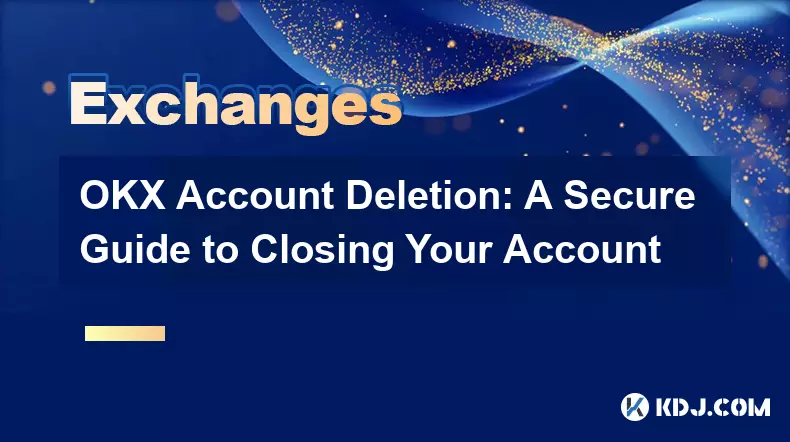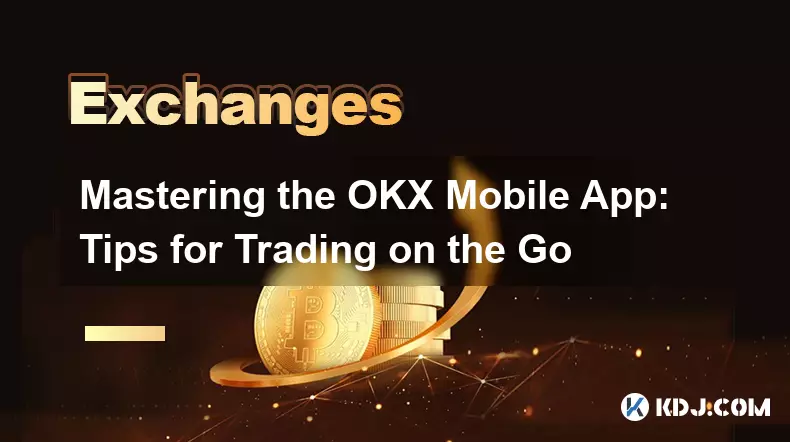-
 bitcoin
bitcoin $102877.190955 USD
1.88% -
 ethereum
ethereum $3430.435064 USD
4.52% -
 tether
tether $0.999264 USD
-0.05% -
 xrp
xrp $2.307310 USD
4.49% -
 bnb
bnb $987.740692 USD
3.82% -
 solana
solana $161.947760 USD
3.97% -
 usd-coin
usd-coin $0.999712 USD
-0.05% -
 tron
tron $0.292810 USD
2.93% -
 dogecoin
dogecoin $0.179738 USD
10.70% -
 cardano
cardano $0.580716 USD
8.75% -
 hyperliquid
hyperliquid $42.463448 USD
8.40% -
 chainlink
chainlink $15.763437 USD
7.05% -
 zcash
zcash $649.595636 USD
17.21% -
 bitcoin-cash
bitcoin-cash $511.610261 USD
7.19% -
 stellar
stellar $0.292537 USD
7.91%
What is the Binance Smart Chain (BSC)? A Simple Explanation
Binance Smart Chain (BSC) is an EVM-compatible blockchain that enables low-cost, high-speed decentralized applications and DeFi growth through BEP-20 tokens and BNB-powered transactions.
Nov 01, 2025 at 10:36 am

What is the Binance Smart Chain (BSC)?
1. The Binance Smart Chain (BSC) is a blockchain network developed to run smart contract-based applications. It was launched by Binance, one of the largest cryptocurrency exchanges in the world, in September 2020. BSC operates alongside the original Binance Chain, which focuses on fast trading and exchange functions, while BSC adds support for decentralized applications (dApps) and programmable transactions.
2. One of the defining features of BSC is its compatibility with the Ethereum Virtual Machine (EVM). This allows developers who have built applications on Ethereum to easily port them over to BSC with minimal changes. Because of this compatibility, tools like MetaMask can be used seamlessly, and Ethereum-based tokens such as ERC-20 can be mirrored as BEP-20 tokens on BSC.
3. BSC uses a consensus mechanism known as Proof of Staked Authority (PoSA), which combines elements of delegated proof-of-stake with validator nodes. There are 21 active validators at any given time, responsible for validating transactions and producing new blocks. These validators must stake BNB, Binance’s native cryptocurrency, to participate and maintain network security.
4. Transaction fees on BSC are typically much lower than those on Ethereum, especially during periods of high congestion. This affordability has made BSC an attractive platform for users engaging in decentralized finance (DeFi) activities such as yield farming, staking, and token swapping. Popular DeFi platforms like PancakeSwap and Venus were built on BSC to leverage its low-cost infrastructure.
5. Despite its advantages, BSC has faced criticism regarding decentralization due to its limited number of validators and strong ties to Binance. While it offers faster speeds and reduced costs, some argue that it sacrifices the level of decentralization valued in networks like Ethereum or Bitcoin.
How Does BSC Differ from Binance Chain?
1. Binance Chain and Binance Smart Chain are two separate but interconnected blockchains. Binance Chain was designed primarily for high-speed asset transfers and underpins Binance’s decentralized exchange (DEX), prioritizing transaction speed and efficiency over programmability.
2. In contrast, Binance Smart Chain was introduced to enable smart contracts and support complex decentralized applications. While both chains coexist and are interoperable through the Binance Bridge, their purposes are distinct—Binance Chain handles trading and transfers, whereas BSC supports dApp development and execution.
3. The dual-chain model allows users to choose between speed-focused operations on Binance Chain and feature-rich interactions on BSC. Assets can move between the two via cross-chain bridges, giving users flexibility depending on their needs.
4. Binance Chain uses Tendermint-based consensus for fast finality, while BSC runs on PoSA, enabling smart contract functionality without compromising too much on speed. This architectural separation ensures neither chain becomes overloaded with conflicting use cases.
5. Developers looking to create dApps will naturally gravitate toward BSC, while traders may interact more frequently with Binance Chain when using the Binance DEX or transferring BEP-2 assets.
Key Advantages of Using Binance Smart Chain
1. Low transaction fees make BSC accessible to a broader range of users, especially those involved in frequent micro-transactions within DeFi protocols.
2. High throughput enables BSC to process around 100 transactions per second, significantly faster than Ethereum’s base layer during peak times.
3. EVM compatibility lowers the barrier for developers, allowing existing Ethereum tools, wallets, and codebases to function on BSC with minimal adaptation.
4. A growing ecosystem of dApps, including decentralized exchanges, lending platforms, and NFT marketplaces, has formed around BSC, increasing its utility and user engagement.
5. Strong backing from Binance provides marketing support, liquidity incentives, and technical resources that help sustain BSC’s growth and stability.
Common Concerns Around Binance Smart Chain
1. Centralization remains a major point of debate, as the 21 validator nodes are permissioned and largely controlled by entities associated with Binance or its partners.
2. Security risks increase when large portions of value are concentrated on a chain with fewer validators. If several validators act maliciously or suffer breaches, the network could face serious disruptions.
3. Dependency on Binance raises questions about long-term autonomy. Changes in Binance’s policies or regulatory challenges could directly impact BSC’s operation and credibility.
4. While gas fees are low, they can spike during extreme network usage, though still remaining below Ethereum’s average costs.
5. Some members of the crypto community view BSC as less ideologically aligned with the principles of decentralization and open governance compared to other public blockchains.
Frequently Asked Questions
What token powers the Binance Smart Chain?BNB is the native cryptocurrency of Binance Smart Chain. It is used to pay for transaction fees, participate in governance, and stake as collateral for validators. BNB can also be utilized within various dApps built on BSC for payments, rewards, and utility functions.
Can I use my Ethereum wallet on BSC?Yes. Since BSC is EVM-compatible, wallets like MetaMask can be configured to connect to BSC. Users simply need to add BSC’s custom RPC settings to their wallet interface and import their private key or seed phrase to manage assets across both networks.
How do I transfer assets from Ethereum to BSC?Assets can be moved using the Binance Bridge or third-party cross-chain services. For example, ETH can be bridged to BSC as BETH or wrapped into BEP-20 format. The process usually involves locking the original token on the source chain and minting its equivalent on BSC.
Is Binance Smart Chain secure?BSC employs cryptographic standards and a staking mechanism to protect the network. However, its smaller set of validators and centralized structure introduce different risk profiles compared to fully decentralized chains. Users should evaluate these factors based on their individual risk tolerance.
Disclaimer:info@kdj.com
The information provided is not trading advice. kdj.com does not assume any responsibility for any investments made based on the information provided in this article. Cryptocurrencies are highly volatile and it is highly recommended that you invest with caution after thorough research!
If you believe that the content used on this website infringes your copyright, please contact us immediately (info@kdj.com) and we will delete it promptly.
- Ripple (XRP) in 2026: Hold or Fold? A Look at XRP's Future and Emerging DeFi Alternatives
- 2025-11-08 18:35:01
- Zcash ZEC Coin Price Explosion: From Privacy Niche to Center Stage
- 2025-11-08 18:55:01
- Berachain Price Prediction: Navigating the Honeycomb Hype in Crypto
- 2025-11-08 18:55:01
- Arthur Hayes, Gold, and Bitcoin: A Modern Monetary Trinity?
- 2025-11-08 19:15:01
- Shiba Inu's Next Move: Navigating a Shifting Market
- 2025-11-08 19:20:01
- Pakistan's Crypto Crossroads: Balancing Opportunity with Asset-Backed Realities
- 2025-11-08 19:20:01
Related knowledge

Common Mistakes to Avoid on OKX: A Guide for New Traders
Nov 04,2025 at 03:37pm
Understanding the Interface Before Trading1. New traders often jump into placing orders without fully exploring the OKX platform layout. Taking time t...

OKX TradingView Integration: A Guide to Advanced Chart Analysis
Nov 02,2025 at 03:37am
OKX and TradingView: Bridging the Gap for Professional Traders1. OKX, one of the leading cryptocurrency exchanges, has integrated with TradingView to ...

Finding Your OKX Deposit Address: A Quick and Safe Guide
Nov 05,2025 at 01:15pm
Finding Your OKX Deposit Address: A Step-by-Step Process1. Log into your OKX account using your registered credentials. Ensure you are accessing the o...

OKX Savings Guide: A Low-Risk Strategy for Earning Crypto
Nov 05,2025 at 06:55am
Understanding OKX Savings and Its Role in Crypto Earnings1. OKX Savings offers users a straightforward method to earn passive income by leveraging idl...

OKX Account Deletion: A Secure Guide to Closing Your Account
Nov 05,2025 at 08:44am
Understanding the Implications of Account Closure1. Closing your OKX account permanently removes access to all associated trading features, including ...

Mastering the OKX Mobile App: Tips for Trading on the Go
Nov 05,2025 at 01:19am
Streamlined Navigation for Efficient Trading1. The OKX mobile app features a clean and intuitive interface that allows traders to access key functions...

Common Mistakes to Avoid on OKX: A Guide for New Traders
Nov 04,2025 at 03:37pm
Understanding the Interface Before Trading1. New traders often jump into placing orders without fully exploring the OKX platform layout. Taking time t...

OKX TradingView Integration: A Guide to Advanced Chart Analysis
Nov 02,2025 at 03:37am
OKX and TradingView: Bridging the Gap for Professional Traders1. OKX, one of the leading cryptocurrency exchanges, has integrated with TradingView to ...

Finding Your OKX Deposit Address: A Quick and Safe Guide
Nov 05,2025 at 01:15pm
Finding Your OKX Deposit Address: A Step-by-Step Process1. Log into your OKX account using your registered credentials. Ensure you are accessing the o...

OKX Savings Guide: A Low-Risk Strategy for Earning Crypto
Nov 05,2025 at 06:55am
Understanding OKX Savings and Its Role in Crypto Earnings1. OKX Savings offers users a straightforward method to earn passive income by leveraging idl...

OKX Account Deletion: A Secure Guide to Closing Your Account
Nov 05,2025 at 08:44am
Understanding the Implications of Account Closure1. Closing your OKX account permanently removes access to all associated trading features, including ...

Mastering the OKX Mobile App: Tips for Trading on the Go
Nov 05,2025 at 01:19am
Streamlined Navigation for Efficient Trading1. The OKX mobile app features a clean and intuitive interface that allows traders to access key functions...
See all articles





















![The Graph Price Prediction [GRT Crypto Price News Today] The Graph Price Prediction [GRT Crypto Price News Today]](/uploads/2025/11/07/cryptocurrencies-news/videos/690d4df44fe69_image_500_375.webp)



















































